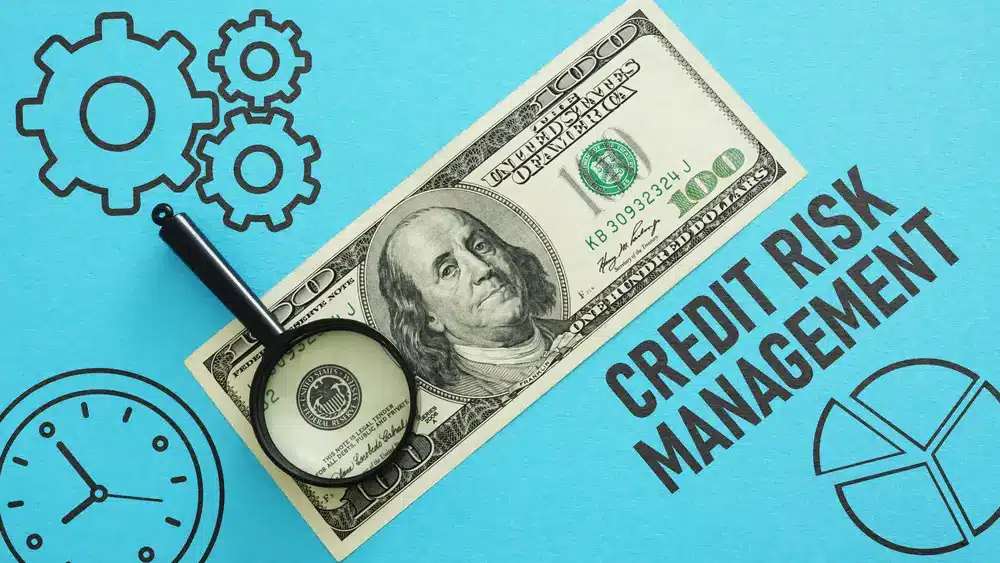Evaluating credit risk enables financial institutions and insurers to determine whether a borrower or policyholder can repay loans or premiums. By employing specific techniques, it becomes easier to minimize losses and maintain financial stability within a company. Here are some credit risk assessment methods for loans and insurance:
Credit Scoring
In lending, a credit score serves as an indicator of a person’s ability to repay borrowed funds. This could be from a bank, credit union, or online lender. When someone has a high credit score, it means they are a low-risk borrower and can repay debt more easily than an individual with a low credit score. Knowing whether a borrower can repay their loan on time makes lending to them easier.
Insurance companies use credit scoring to determine whether a person is eligible to file a claim. It also helps them decide whether they are at risk of failing to pay premiums. When setting premium rates, most insurers check scores, with lower scores resulting in higher interest rates to manage the associated risks. Depending on the risk level, insurance companies may offer a policy or limit coverage to prevent missed payments.
Credit Bureau Reports
Credit bureau reports provide comprehensive information about an individual’s financial behavior and their ability to repay debts. For lenders, they review the payment history to determine if a borrower pays loans on time or consistently misses payments. If a person has more debts, bankruptcies, or foreclosures, it may indicate they’re a high-risk borrower, and lenders may decline their loan applications.
In insurance, specialists verify whether a client has opened numerous new credit cards or loans within a short period. This information may indicate that they are experiencing financial distress, positioning them as high-risk customers. If they have fewer debts, it reduces the likelihood of filing claims for minor incidents, as they have sufficient financial resources to cover them themselves. Having a mix of different types of credit indicates that a policyholder is financially responsible and low risk.
Behavioral Scoring
This credit risk assessment method involves evaluating a person’s financial management to determine whether to offer them a loan. In some financial institutions, they check how frequently a customer buys different items to know their spending habits. If the client rarely overdraws their account, it could give them an advantage over someone who spends more than they have.
Many insurance companies assess whether someone has opened numerous accounts in a short period, which may indicate financial pressure. When they have an extended credit history with a consistent record of good behavior, insurers see it as a positive sign. Paying premiums on time is a behavior that many insurers consider a good indicator when assessing risks.
Debt-to-Income Ratio
Common in mortgages, car loans, and personal loans, lenders use this technique to determine whether a borrower can afford a new loan. If an individual has a lower debt-to-income ratio, they are considered a low risk and may qualify for better interest rates. A high debt-to-income ratio indicates that a large portion of a person’s income is being used to repay existing debts.
Used in life insurance, the debt-to-income ratio shows if someone’s income can support the coverage amount they’re applying for. In disability coverage, this method also determines whether the person is applying for a benefit amount that matches their financial needs. Insurers verify this information to determine whether debts exceed earnings, which would reduce the coverage amount.
Get Quality Credit Risk Assessment
Whether you’re an investor or lender, you need analytics and tools to help you assess your customers’ credit risk. Such tools help you determine whether a borrower can refinance or default on payments, enabling you to make the right decision. To learn more about these services, call an experienced company today.







